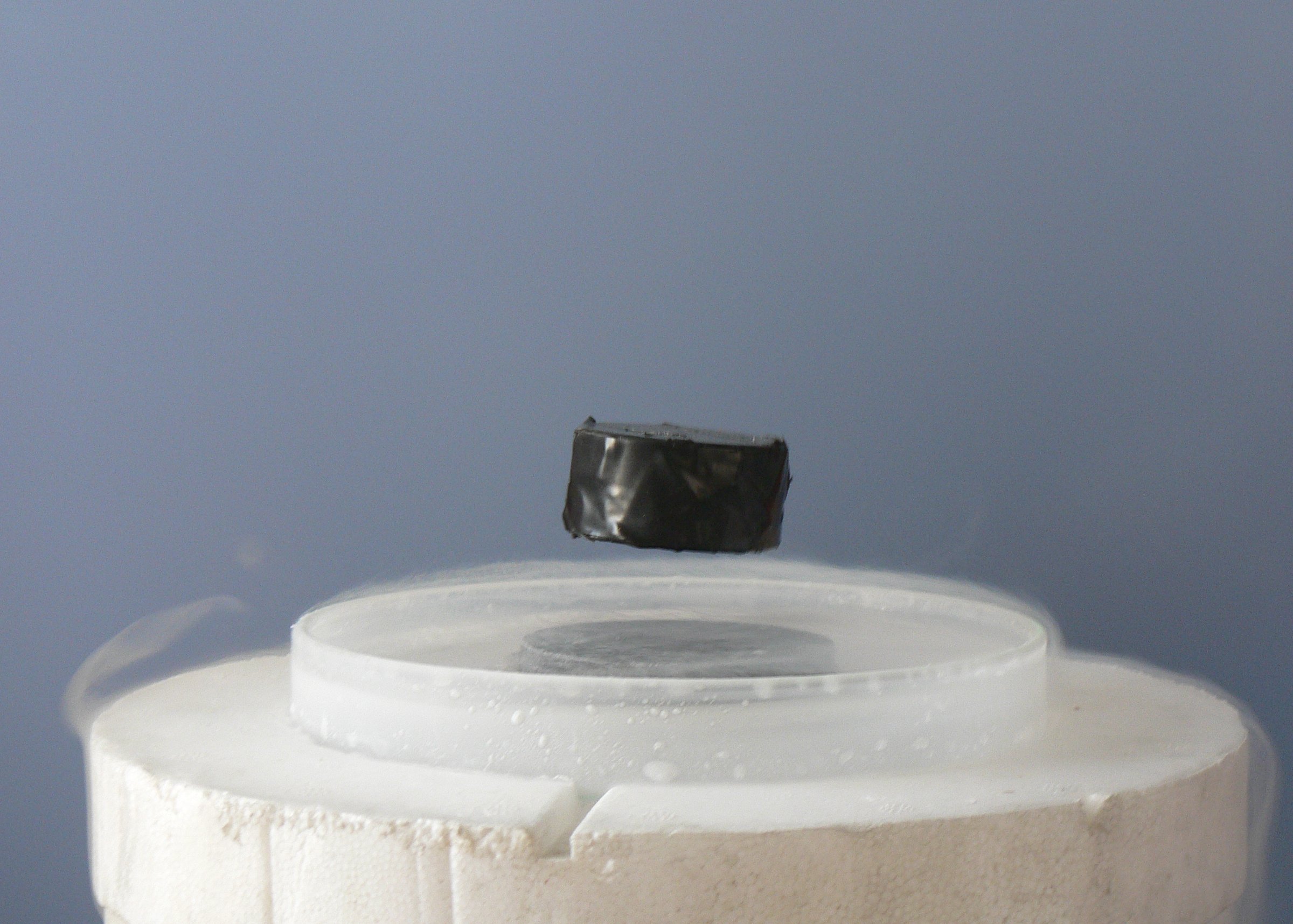
Photo from academic.microsoft.com
Energy-efficient classical information processing and storage based on topological defects in magnetic systems have been studied over past decade. In this work, we introduce a class of macroscopic quantum devices… Click to show full abstract
Energy-efficient classical information processing and storage based on topological defects in magnetic systems have been studied over past decade. In this work, we introduce a class of macroscopic quantum devices in which a quantum state is stored in a topological defect of a magnetic insulator. We propose non-invasive methods to coherently control and readout the quantum state using ac magnetic fields and magnetic force microscopy, respectively. This macroscopic quantum spintronic device realizes the magnetic analog of the three-level rf-SQUID qubit and is built fully out of electrical insulators with no mobile electrons, thus eliminating decoherence due to the coupling of the quantum variable to an electronic continuum and energy dissipation due to Joule heating. For a domain wall sizes of $10-100$~nm and reasonable material parameters, we estimate qubit operating temperatures in the range of $0.1-1$~K, a decoherence time of about $0.01-1$~$\mu$s, and the number of Rabi flops within the coherence time scale in the range of $10^{2}-10^{4}$.
Journal Title: Physical Review B
Year Published: 2017
Link to full text (if available)
Share on Social Media: Sign Up to like & get
recommendations!